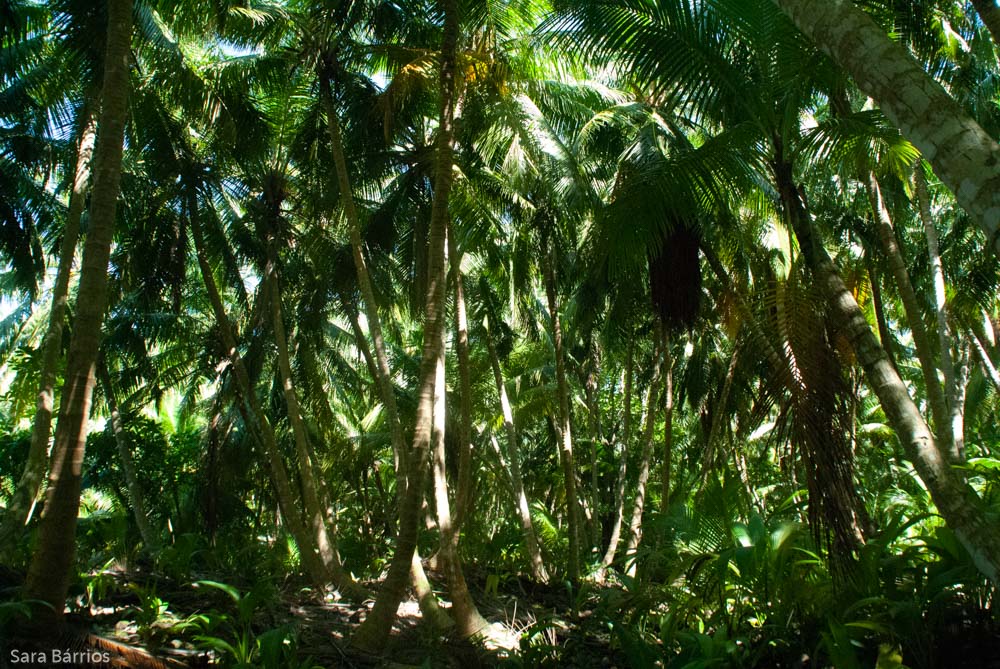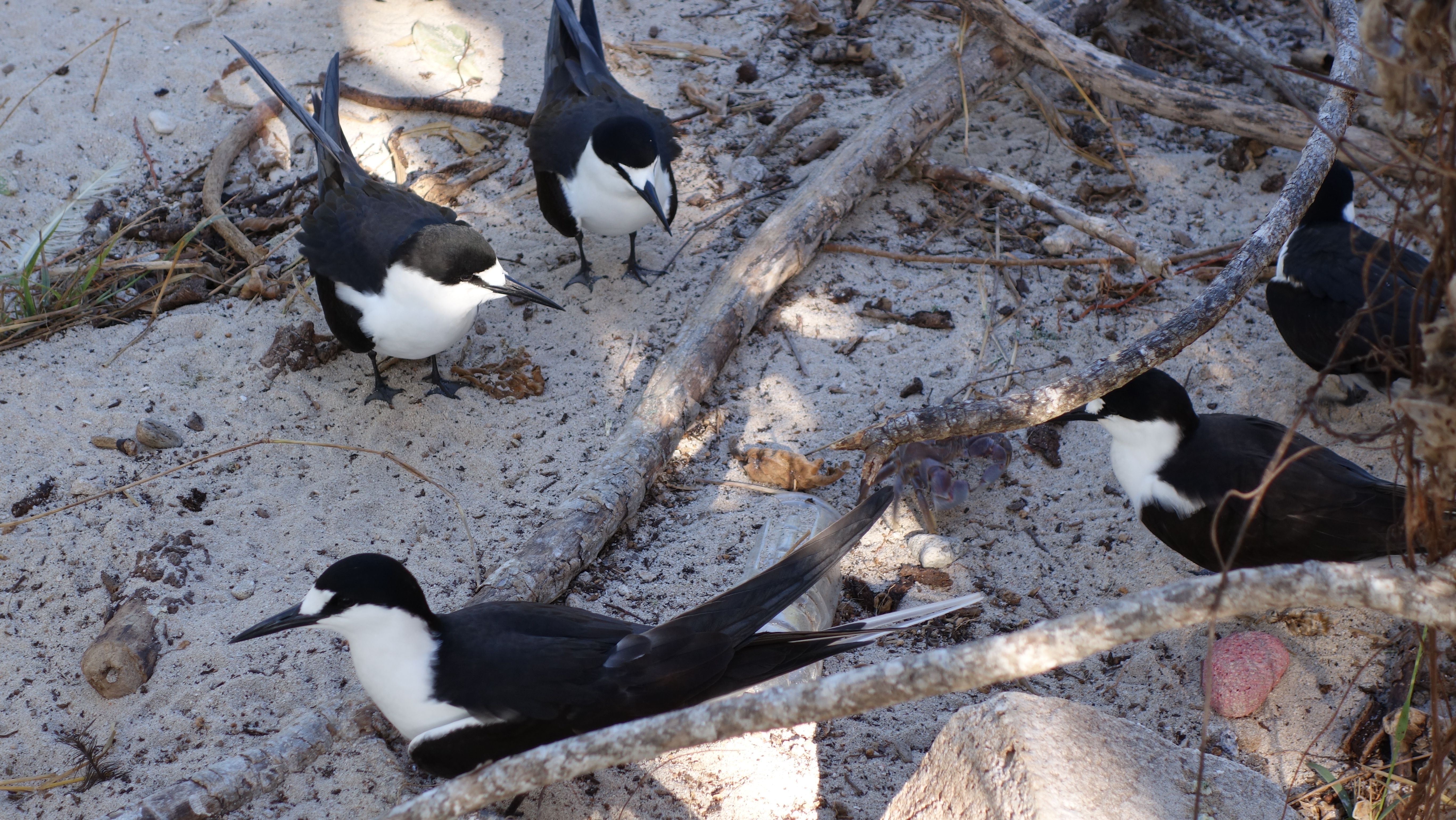Could the removal of coconut plantations help seabird numbers increase?
A new paper on the “Potential benefits to breeding seabirds of converting abandoned coconut plantations to native habitats after invasive predator eradication” has been published by Restoration Ecology.
 The Chagos Archipelago, as with many oceanic islands in the Pacific and Indian Ocean, ended up with invasive species once the islands were colonized. For the Chagos Archipelago these invasive species, predominately rats, in conjunction with removal of native habitat for coconut plantations has had devastating impacts on the seabird populations.
The Chagos Archipelago, as with many oceanic islands in the Pacific and Indian Ocean, ended up with invasive species once the islands were colonized. For the Chagos Archipelago these invasive species, predominately rats, in conjunction with removal of native habitat for coconut plantations has had devastating impacts on the seabird populations.
Seabirds are an important part of a healthy ecosystem in the Chagos Archipelago. The nutrients they bring back from feeding in the open ocean, run off in their droppings, and nourish corals. This is a seabird-driven ecosystem and without seabirds the system collapses.
Fifty per cent of the islands in the Chagos Archipelago have rats and had native habitat removed and replaced with coconut during the plantation era.
Eradication is a proven tool for ridding islands of invasive species including rats. But does this ensure the return of seabirds and the recovery of a seabird-driven ecosystem alone?
This study looks at the difference between seabird-driven ecosystem recovery with and without coconut plantation management to encourage rewilding of the islands.
Using Ile du Coin, a former plantation HQ, as an example the researchers found that without any conversion of coconut plantation, to native habitat post rat eradication, it is suggested the island could support 4,300 pairs of seabirds, whereas if you restored the island to a similar condition as rat free islands enjoy then the islands could support over 130,000 pairs of seabirds.

The paper suggests that the availability of suitable habitat for seabirds could be the key to their recovery. Some seabirds have specific needs for successful breeding for example Sooty terns, Onychoprion fuscatus, prefers savanna and therefore an island covered in coconut is not going to hold a large population of these seabirds.
The conclusion is “research indicates that when setting restoration goals in the Chagos Archipelago, at least 55% of the restored habitat should be comprised of native forest and savanna in order to support a viable seabird community”.
This important research underpins CCT’s Healthy Islands, Healthy Reefs programme and demonstrates the importance of tackling rat eradication and vegetation management together to ensure a successful return of a seabird-driven ecosystem that supports corals reefs across the archipelago.
---------------------------
Visit here for more information on Healthy Islands, Healthy Reefs.
The full scientific paper can be viewed here.
We’re grateful to the Bertarelli Programme in Marine Science for their support of this important research.

